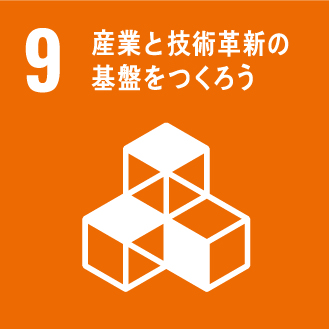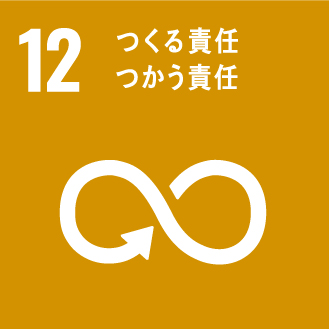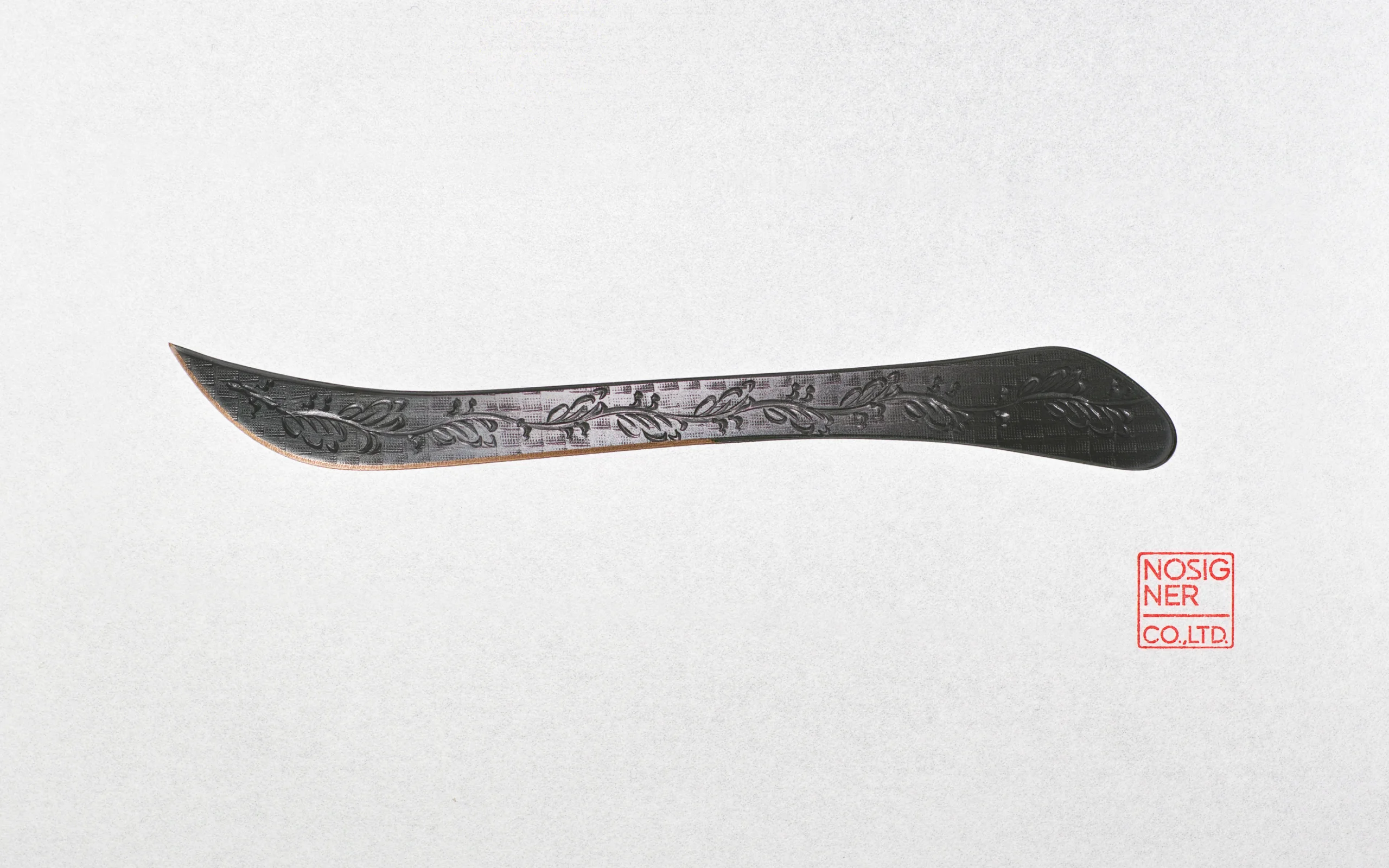
PROJECT
ONE&DOT
Paper knife design collaborating with Sendai tansu craftsmen—traditional techniques in minimal form.
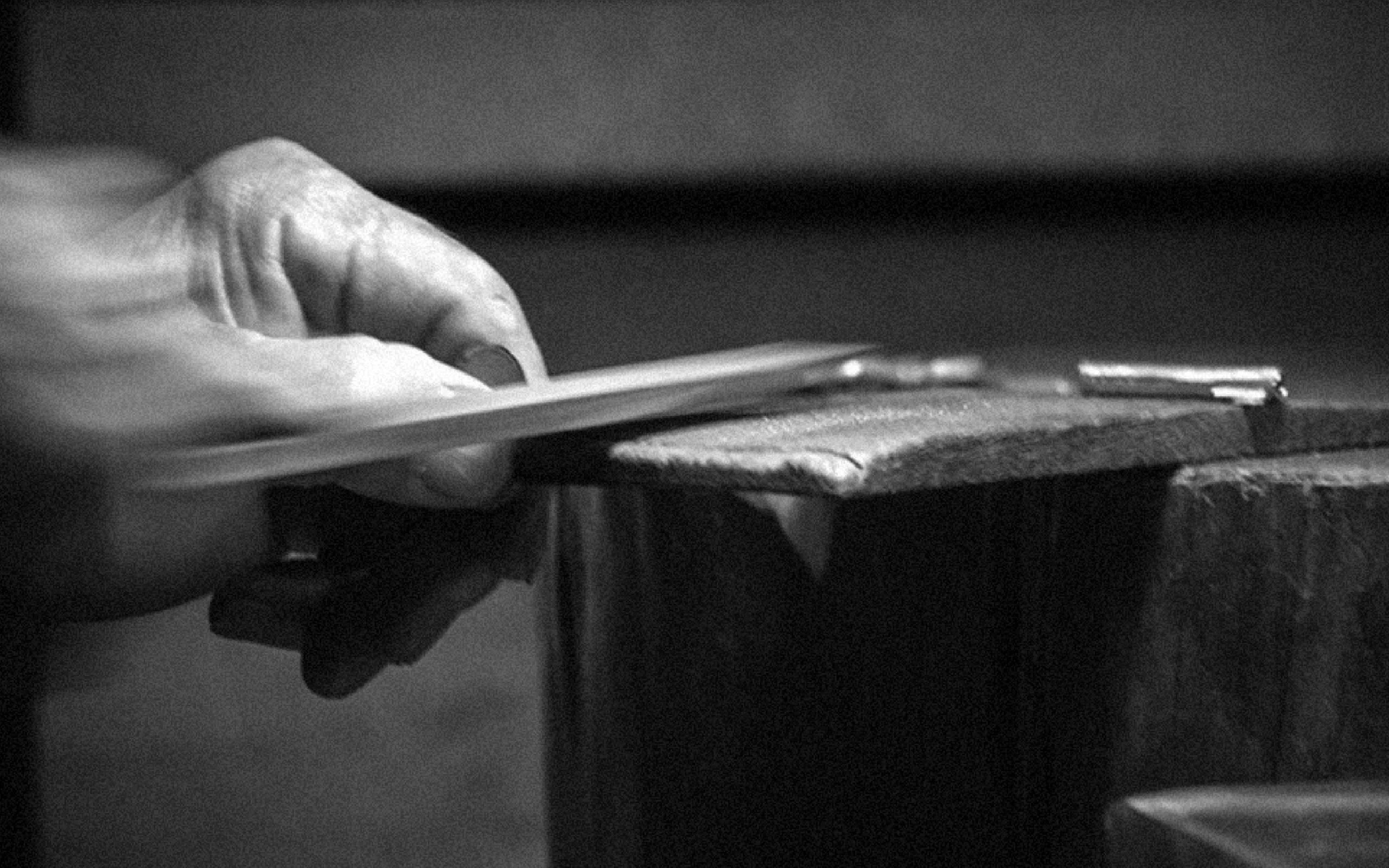
WHY
Connect the technology of Sendai Tansu, to the future.
Sendai Tansu is a traditional craft from Miyagi Prefecture, combined of multiple technologies. Sendai Tansu combines wood materials such as Japanese zelkova and chestnut, creating the “sashi mono” (a technique combining two boards to make the furniture). It also uses a traditional way of “painting” lacquer called Kijiro, as well as utilizing a particular “hand-embossed metal fittings” of luxurious iron covered with decorations. In the late Edo period, the Sendai Tansu was initially made for Samurais to store their swords, where it eventually became popular as a durable and long-lasting trousseau. However, the industry failed due to the decline in demand, as housing and lifestyles evolved. Currently remains only one craftsman who can handle all three of the mentioned techniques of “sashi-mono,” traditional style of “painting,” and the use of particular “metal fittings.” While being driven into remote areas as an industry, we questioned whether the act of design could connect these traditional technologies to the future.
HOW
A product factorizing the technology of traditional industries.
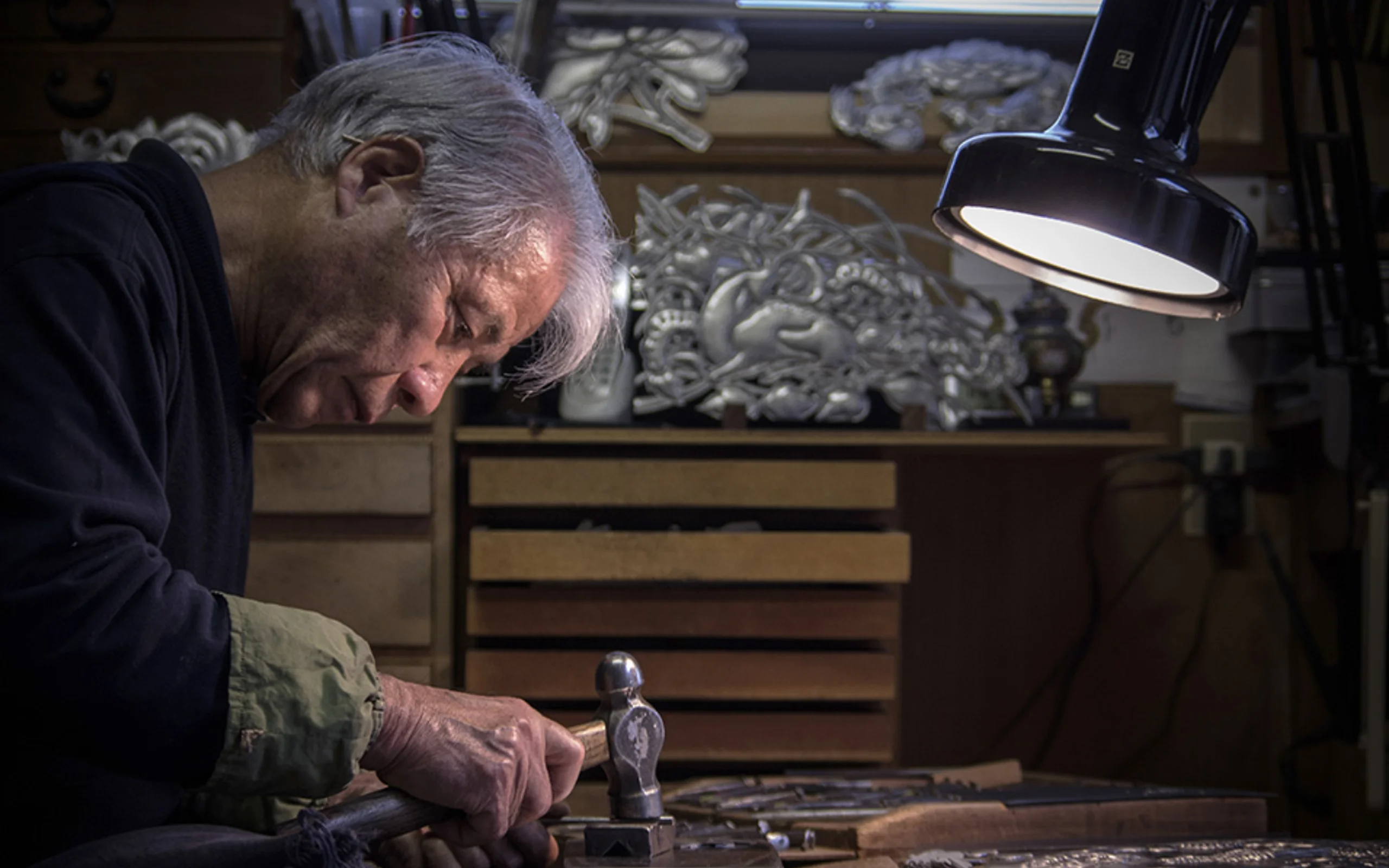
We produced paper-knife “ONE & DOT,” as part of the Sendai City Earthquake Reconstruction Project. Through several communications with the craftsmen, we focused on engraving hand metal fittings, (a significant feature of Sendai Tansu), envisioning the development of this new product by bringing this technology to light. Employing as a motif the Japanese numerical “一” (one) and punctuation mark “、” (,) we designed two types of paper knives that are both beautiful and easy to use. “ONE & DOT” has aimed to open up a new market by factoring the technology of Sendai Tansu, as it has become an expensive product as well as difficult to fit into modern lifestyles, becoming a challenge to fit into modern lifestyles.
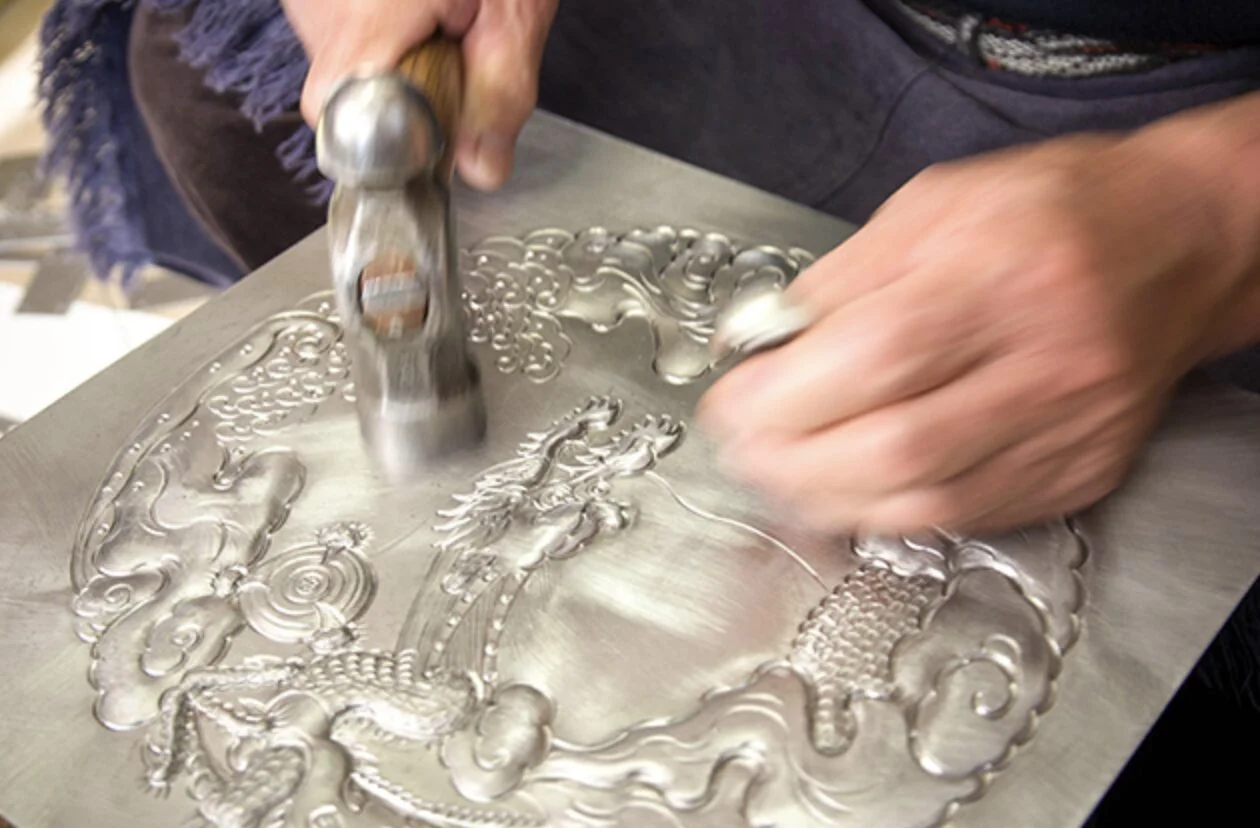
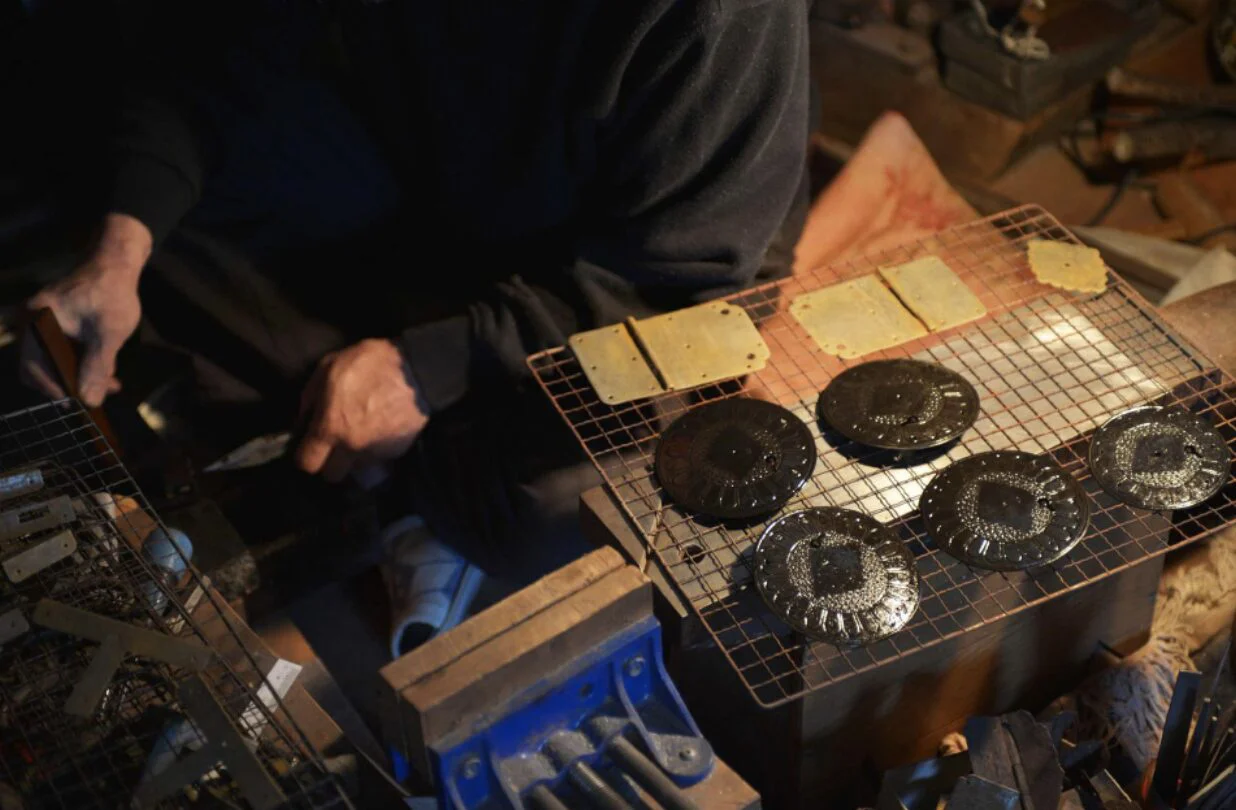

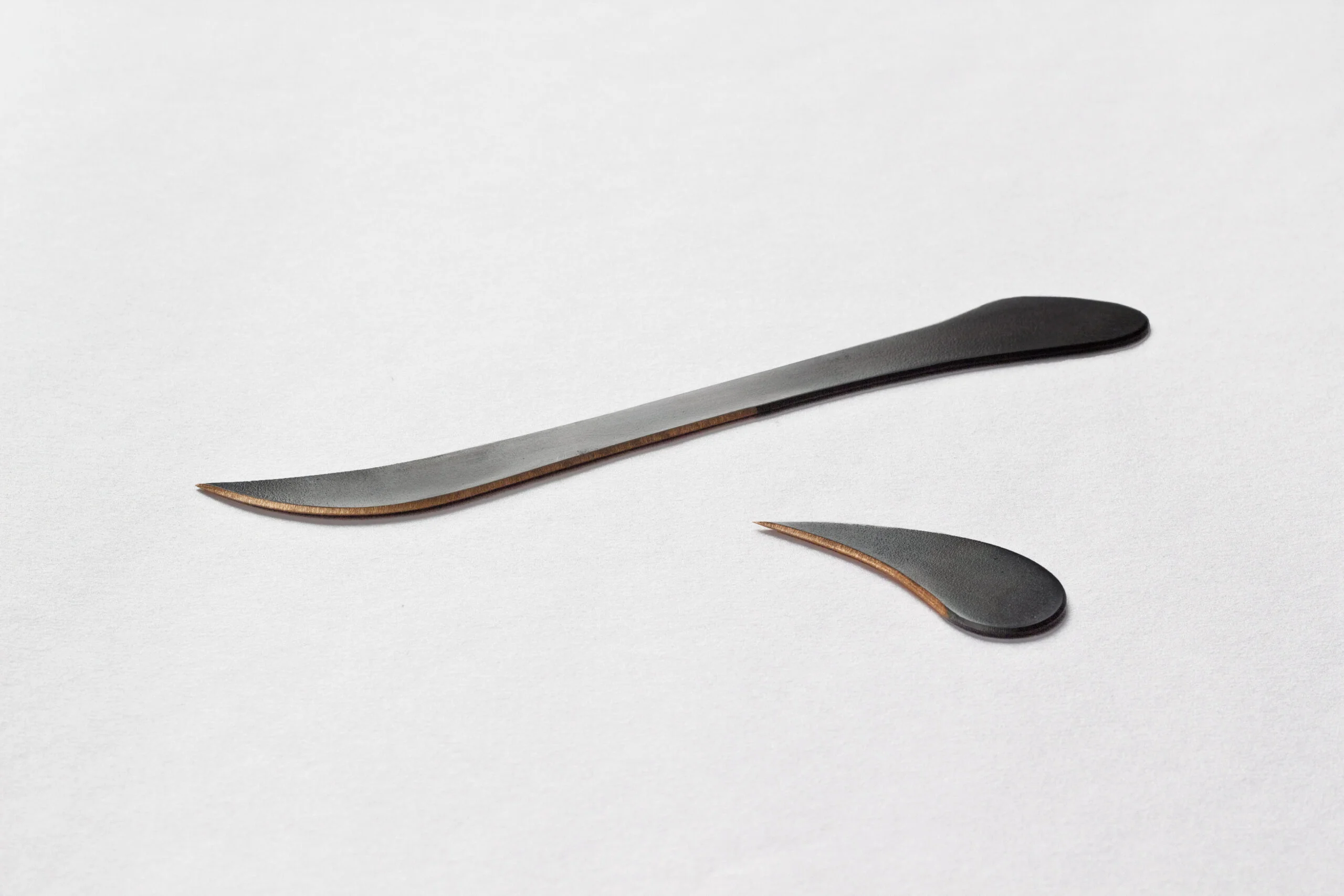

WILL
A trial showing a path to survival in traditional industries.
“ONE & DOT” was designed to connect traditional technologies and the industry of Sendai Tansu to the future. As a result, “ONE & DOT” received high acclaim both nationally and internationally, as well as from the market. Many traditional industries in Japan face critical situations, such as a decline in sales due to a lack of successors. However, by giving new values to high-level technologies and traditional industries and developing markets, we believe this project was a valuable experiment for the future of traditional Japanese industries.
INFORMATION
- What
- ONE&DOT
- When
- 2014
- Where
- Sendai, Japan
- Scope
- Product design
- SDGs
CREDIT
- Product Design
- Eisuke Tachikawa
- Photograph
- NOSIGNER
